PhD Thesis
Can you imagine having Art Boards for each slide of your presentation in Adobe illustrator? Most of my colleagues would find this crazy, least to say. Storytelling is an important part of our academic life, yet so underestimated. While writing my story I had a need to sketch it. Those sketches became illustrations. And illustrations became my story.
It is reasonable to say that I knew my slides on memory, but this was an advantage. It gave me a sense of security and I felt comfortable defending my work and bringing it to the audience in front of me.
It is reasonable to say that I knew my slides on memory, but this was an advantage. It gave me a sense of security and I felt comfortable defending my work and bringing it to the audience in front of me.
My research journey through illustrations...
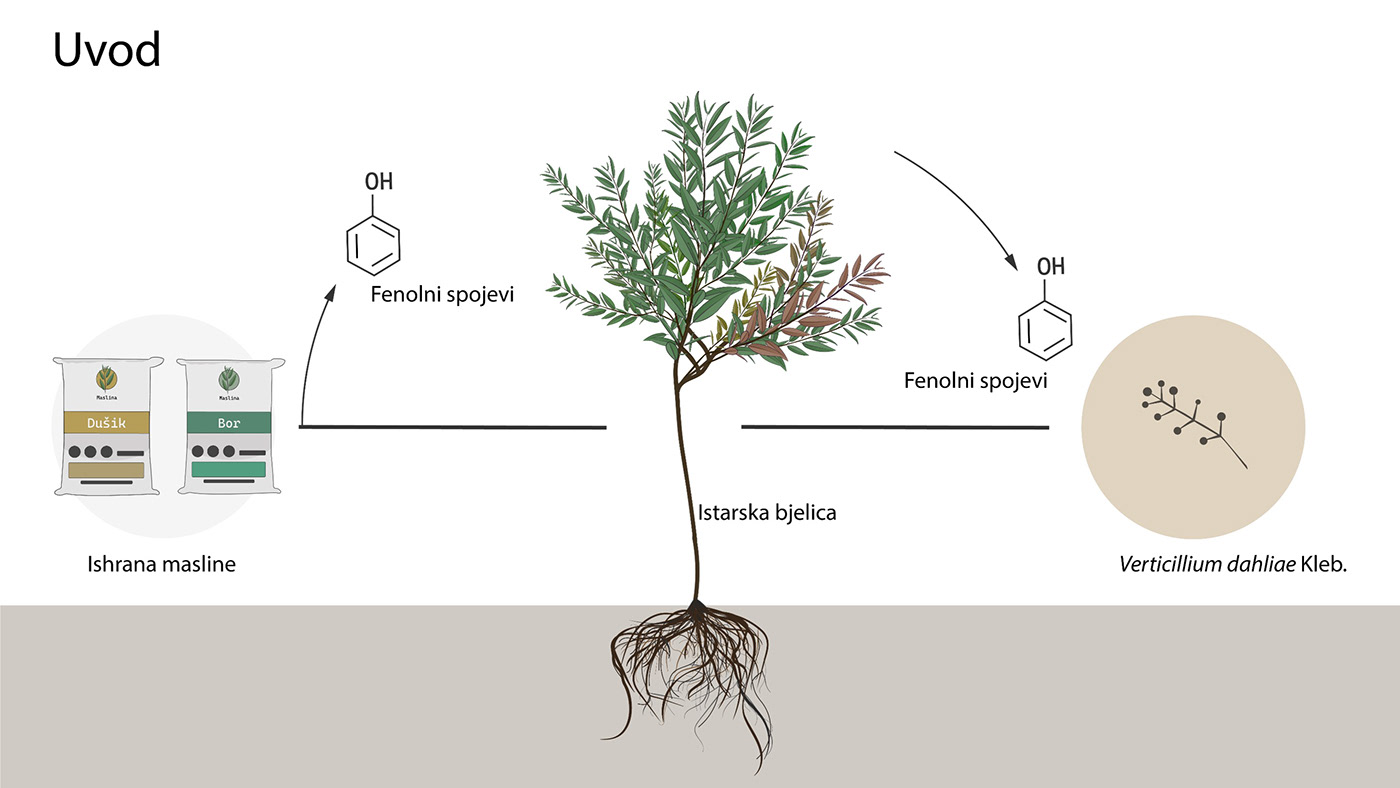
Fertilization affects compounds like phenolics, found in all organs of olive. Those compounds are significant in the immune response of olive to pathogens.

Different nutrient have different effects on olive, as expected.
Where is nitrogen found in olives? Everywhere. Well, scientifically speaking in roots, stem, and leaves in different ratios.
Symptoms like reduced growth, chlorosis, leaf falling (left) vs. intensive growth, intensive green leaf color may be noted.
Scarce is as bad as plenty. Is it? In terms of growth yes, in terms of pathogen immunity not in the same manner. Olive trees that receive less nitrogen are more prone to 'survive' pathogen attacks.
Where is nitrogen found in olives? Everywhere. Well, scientifically speaking in roots, stem, and leaves in different ratios.
Symptoms like reduced growth, chlorosis, leaf falling (left) vs. intensive growth, intensive green leaf color may be noted.
Scarce is as bad as plenty. Is it? In terms of growth yes, in terms of pathogen immunity not in the same manner. Olive trees that receive less nitrogen are more prone to 'survive' pathogen attacks.

Boron is a micronutrient, compared to nitrogen which is categorized as a macronutrient.
The distribution within olive is different when compared to nitrogen, and this contributes to different symptoms as well.
You may notice that the left side has -/+++. But why? Because insufficient and excessive boron fertilization lead to similar symptoms. Olive growth is reduced and there is a reduced number of leaves.
But what do we now about the effect of boron on olive pathogen tolerance or immunity if you prefer? Not enough. There weren't available articles about the of boron on plant tolerance to Verticillium dahliae at the moment I started (and completed) my PhD research. This was fascinating to me because boron is an essential element and very important in olive growth.
The distribution within olive is different when compared to nitrogen, and this contributes to different symptoms as well.
You may notice that the left side has -/+++. But why? Because insufficient and excessive boron fertilization lead to similar symptoms. Olive growth is reduced and there is a reduced number of leaves.
But what do we now about the effect of boron on olive pathogen tolerance or immunity if you prefer? Not enough. There weren't available articles about the of boron on plant tolerance to Verticillium dahliae at the moment I started (and completed) my PhD research. This was fascinating to me because boron is an essential element and very important in olive growth.

Verticillium dahliae, a fungus. The reason olives die. The reason olive fruit production declines. The reason olive quality declines. Well, this is what current research says.
And we can witness it ourselves.
But what this illustration indicates? Verticillium dahliae is a filamentous fungus that produces mycelium, microslerotia, and conidia. Those are important for the spread of the pathogen within an orchard and inside the plant. If we stop those, we stop the pathogen. Let say that microsclerotia are resilient like a house made of bricks, while conidia like a house made of wood. But, in terms of traveling inside the plant - well, conidia are probably more like a speeding car and microsclerotia more like a truck. Mycelium is somewhere in between.
And we can witness it ourselves.
But what this illustration indicates? Verticillium dahliae is a filamentous fungus that produces mycelium, microslerotia, and conidia. Those are important for the spread of the pathogen within an orchard and inside the plant. If we stop those, we stop the pathogen. Let say that microsclerotia are resilient like a house made of bricks, while conidia like a house made of wood. But, in terms of traveling inside the plant - well, conidia are probably more like a speeding car and microsclerotia more like a truck. Mycelium is somewhere in between.

Now that you met our enemy, lets see what it does to our precious olive trees.
It causes flower, leaf, and wood necrosis. But... There is always that annoying but, right? We have two similar 'types' of Verticillium. Let's call them - the evil one, and the more evil one. Just for the drama.
The evil one (left - non defoliating) has milder symptoms and is more easy to deal with. The more evil one (right - defoliating) is very aggressive and spread (for now) only in Spain.
It causes flower, leaf, and wood necrosis. But... There is always that annoying but, right? We have two similar 'types' of Verticillium. Let's call them - the evil one, and the more evil one. Just for the drama.
The evil one (left - non defoliating) has milder symptoms and is more easy to deal with. The more evil one (right - defoliating) is very aggressive and spread (for now) only in Spain.

Life cycle and epidemiology. If we say that olive is like a huge castle, each part of the castle offers different environments - pleasures but requires different keys to enter.
Keys may be described as pathogen virulence factors, while locks as host's (olive) immune strategies. Stages of the fungus - call them the same (mycelium, conidia, microsclerotia). One conidia = one child. More children we have, there is more possibility that they will find a way to jointly enter places they shouldn't. Microsclerotia and mycelium are more like adolescents - they know the tech better and developed their skills much better to explore different surroundings.
Keys may be described as pathogen virulence factors, while locks as host's (olive) immune strategies. Stages of the fungus - call them the same (mycelium, conidia, microsclerotia). One conidia = one child. More children we have, there is more possibility that they will find a way to jointly enter places they shouldn't. Microsclerotia and mycelium are more like adolescents - they know the tech better and developed their skills much better to explore different surroundings.
I focused my research on one type of locks - phenolic compounds (many different compounds from this group).
But these children are sneaky and try many different ways to open this specific locks. That is why I had to include all of them in my study. I tried to understand them just by exposing them to one very complex type of lock.
As it goes with research I added another level. I used fertilization (nitrogen, boron) to manipulate the phenolic profile. And I used the phenolic profile from roots, stem, and leaves.
But these children are sneaky and try many different ways to open this specific locks. That is why I had to include all of them in my study. I tried to understand them just by exposing them to one very complex type of lock.
As it goes with research I added another level. I used fertilization (nitrogen, boron) to manipulate the phenolic profile. And I used the phenolic profile from roots, stem, and leaves.

Here are my hypothesis and goals...Briefly, we expected that nitrogen will contribute to better olive development and lower phenolic content. Meaning that Verticillium dahliae would develop better with higher nitrogen doses. The opposite was expected for boron.
Oh... Expected and I was pretty surprised.
Oh... Expected and I was pretty surprised.
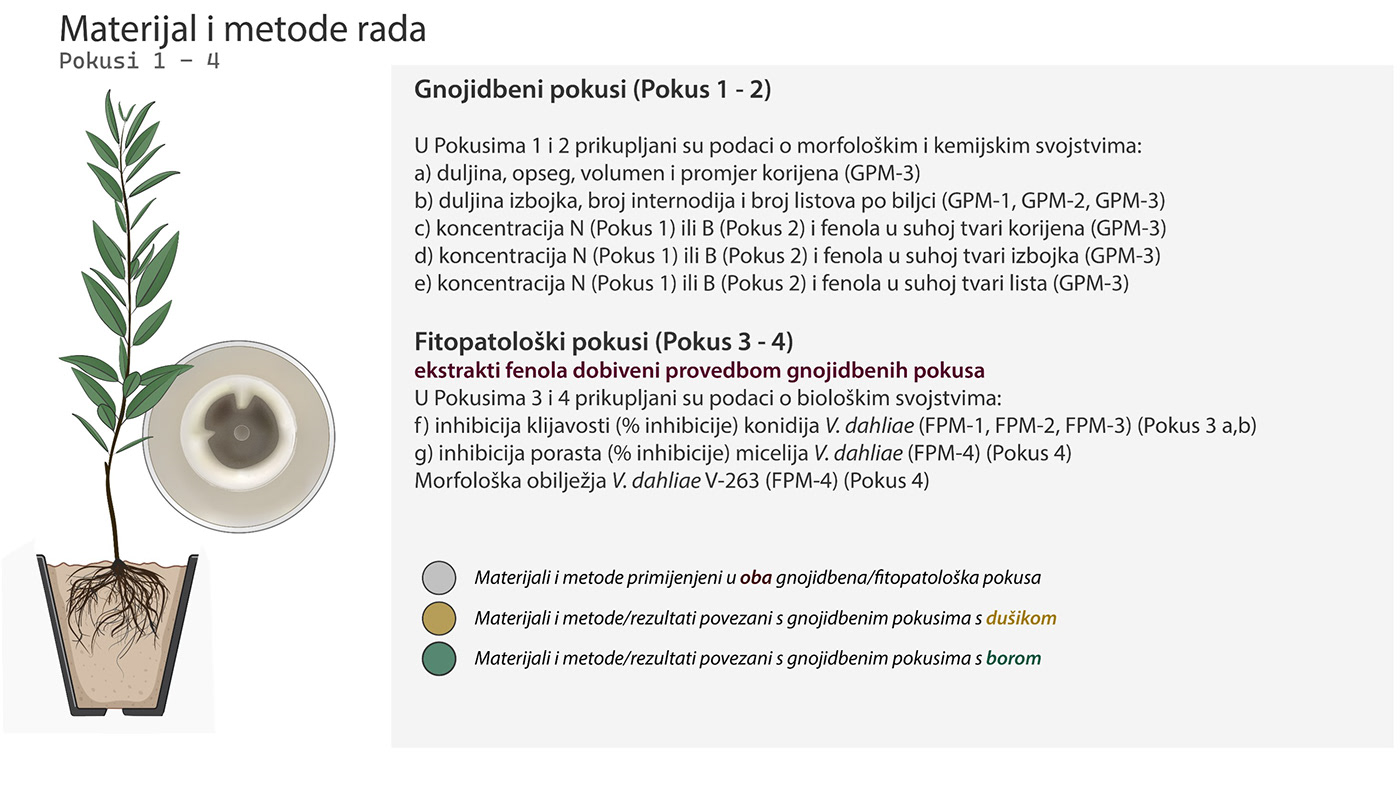
The idea was to apply different quantities of nitrogen and boron and evaluate their impact on olive traits (growth and chemical). Once the experiment in planta was completed, that same olive samples were used and phenolics were extracted. Extracted phenolic compounds were applied to evaluate their antifungal effect on mycelium, conidia and microsclerotia.

The experiment was conducted on the variety 'Istarska bjelica' in controlled conditions. We do that to reduce the negative effect of external, unpredictable factors, on our experiment.
GPM-1 (fertilization period of measurements) - 70, 110, 150 days.
I had to measure the height of all plants, count their leaves (yes, each one of them!), and number of nodes.
After the experiment was completed I had to collect the samples and bring them to the lab for further analysis. First - there were measurements for morphology.
GPM-1 (fertilization period of measurements) - 70, 110, 150 days.
I had to measure the height of all plants, count their leaves (yes, each one of them!), and number of nodes.
After the experiment was completed I had to collect the samples and bring them to the lab for further analysis. First - there were measurements for morphology.

Chemical analysis was used to evaluate the content of nitrogen and boron. Just that? Well, of course not. But this is what I included in my PhD thesis (it was too long otherwise).
What I did? Well, there is the TNM-L unit for total nitrogen and ICP-AES for boron content.
Why I did these analyses? Well, to prove that my fertilization regimes worked I had to do the analysis and evaluate the content of those elements in main plant organs.
What I did? Well, there is the TNM-L unit for total nitrogen and ICP-AES for boron content.
Why I did these analyses? Well, to prove that my fertilization regimes worked I had to do the analysis and evaluate the content of those elements in main plant organs.

Here they come. The lockets - remember? Phenolic compounds. I had two types of analysis. One more simple - spectrophotometry for total content, one more specific - HPLC analysis.

Now, I got my phenolic compounds. But where are they? They were solved in methanol. To apply them in my antifungal tests I had to remove the methanol. This is what is shown here. I removed methanol, received a powder that contained concentrated phenolic compounds and solved it again in DMSO (a solvent suitable for this type of experiments with Verticillium).

To obtain conidia you first need to grow a lot of Verticillium dahliae in Petri dishes. Than collect JUST CONIDIA. Yes, this is important. After - you combine growth media, phenolic extracts and conidia and wait. While waiting I had to measure the growth, not by using my eyes but spectrophotometry. This device is simple to use, no additional costs required, precise and fast.
After, I had to do some calculations.
After, I had to do some calculations.

Same extracts of phenolic compounds were used to test on mycelium/microsclerotia. Here I used a great software called ImageJ and I captured the changes and growth with a digital camera.
My Verticillium had more photo sessions than I in several years. :)
My Verticillium had more photo sessions than I in several years. :)
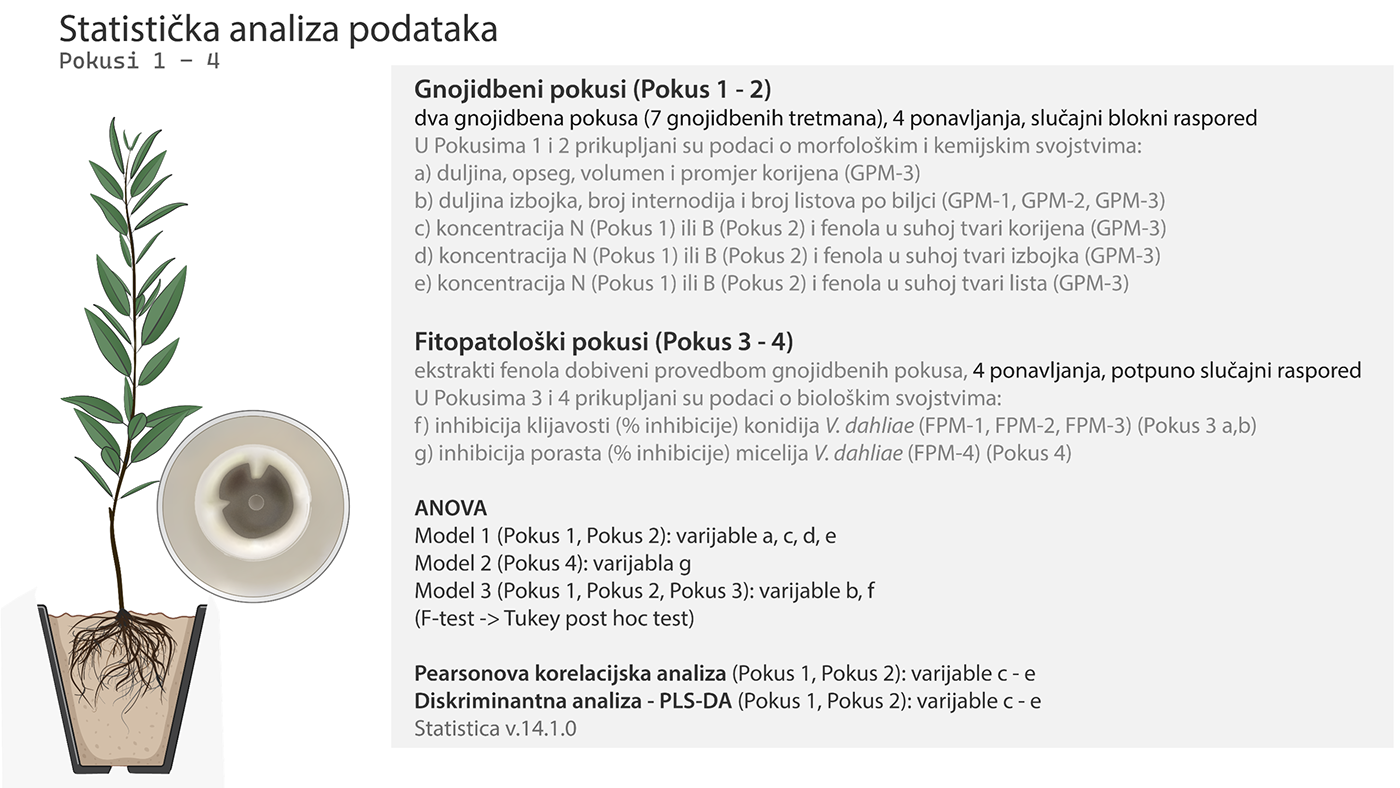
Statistical analysis or in other words calculations that help me analyze my results in an objective way. And not just analyze but also interpret them.
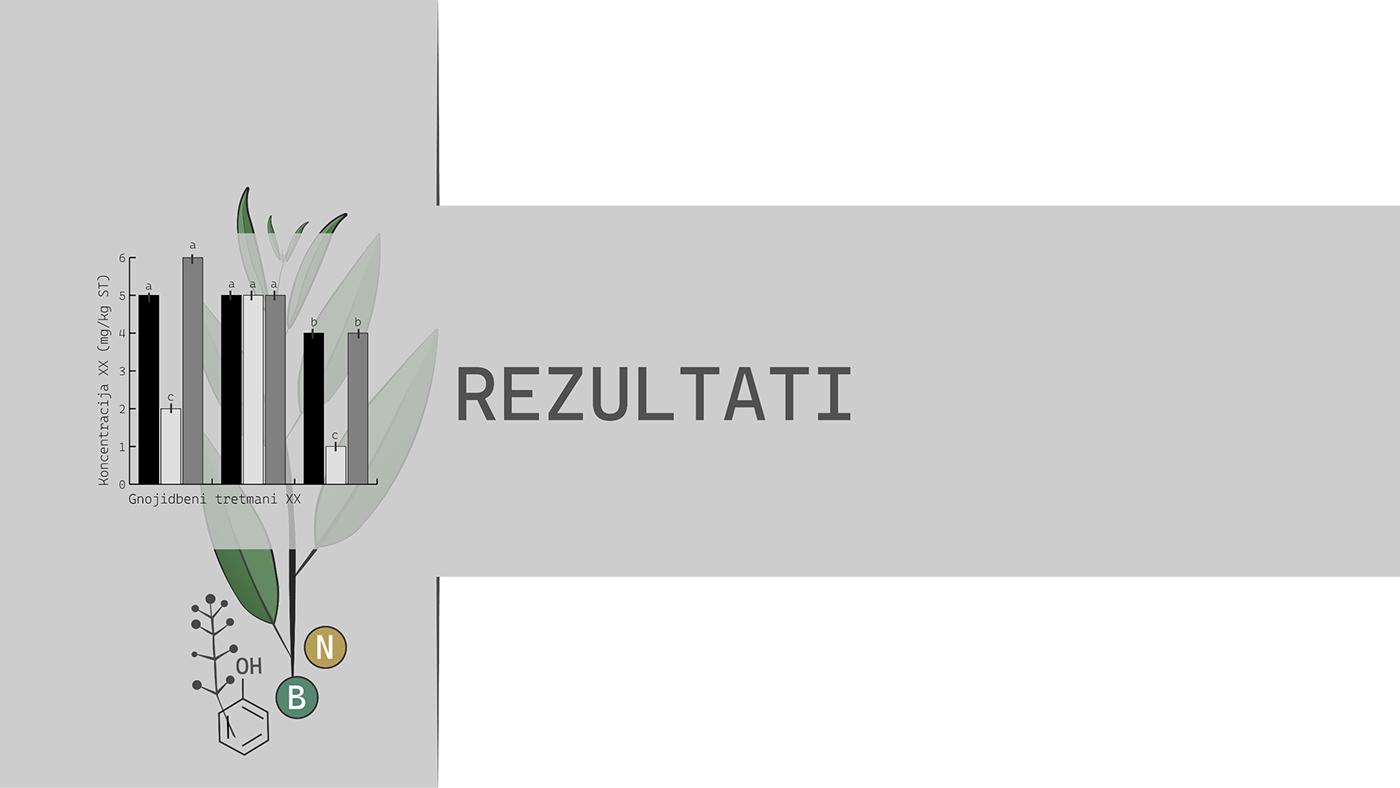
Yes, we made it finally. RESULTS.




Effect of nitrogen or boron and mesurement period on morphology (stem length, number of leaves and nodium) and nitrogen or boron content







Effect of nitrogen or boron and mesurement on content of phenolic compounds



Effect of phenolic compounds (content modified through fertilization) from olive organs (root, stem, leaves) on Verticillium dahliae in vitro.
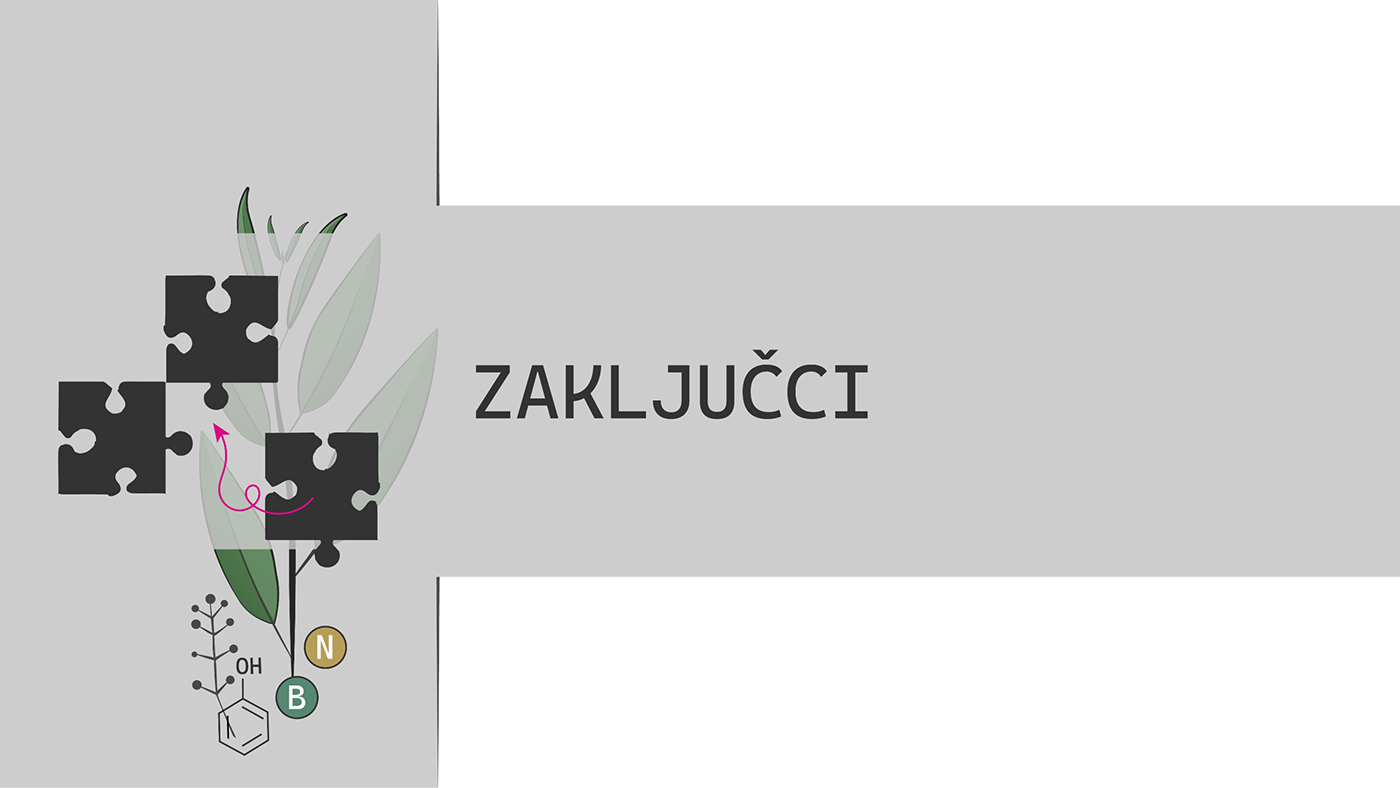
Conclusions?
In other words, what all that work told us?
A lot. Some results were not expected least to say. For example, despite the dose of nitrogen all phenolic extracts from the nitrogen experiment contributed to better Verticillium growth. This was not the case for boron treatments. Boron could improve the phenolic composition of olive in a way to reduce the development of this fungus within its tissues.
Can you imagine? Lets go back to our castle. This is just one lock, but an important one. Because it is environmentally more friendly and contributes to our knowledge of the effect of phenolic compounds on fungal species like Verticillium dahliae.
Just that? Simply said, yes. This is research. We investigate one tiny part of a problem and together, along with other research groups, we build up our knowledge. In a perfect world, there are no shortcuts. Each peace of a puzzle brings its value and we need to respect it. One wrong puzzle could ruin the whole picture.
Thank you for your time and staying this long with me.
Until the next time, wishing you a lot of new science stories!
In other words, what all that work told us?
A lot. Some results were not expected least to say. For example, despite the dose of nitrogen all phenolic extracts from the nitrogen experiment contributed to better Verticillium growth. This was not the case for boron treatments. Boron could improve the phenolic composition of olive in a way to reduce the development of this fungus within its tissues.
Can you imagine? Lets go back to our castle. This is just one lock, but an important one. Because it is environmentally more friendly and contributes to our knowledge of the effect of phenolic compounds on fungal species like Verticillium dahliae.
Just that? Simply said, yes. This is research. We investigate one tiny part of a problem and together, along with other research groups, we build up our knowledge. In a perfect world, there are no shortcuts. Each peace of a puzzle brings its value and we need to respect it. One wrong puzzle could ruin the whole picture.
Thank you for your time and staying this long with me.
Until the next time, wishing you a lot of new science stories!
This research was funded by the Croatian Science Foundation.
https://hrzz.hr/
https://hrzz.hr/baza-projekata/
https://hrzz.hr/
https://hrzz.hr/baza-projekata/
Some illustrations were created with the help of BioRender icon library.


